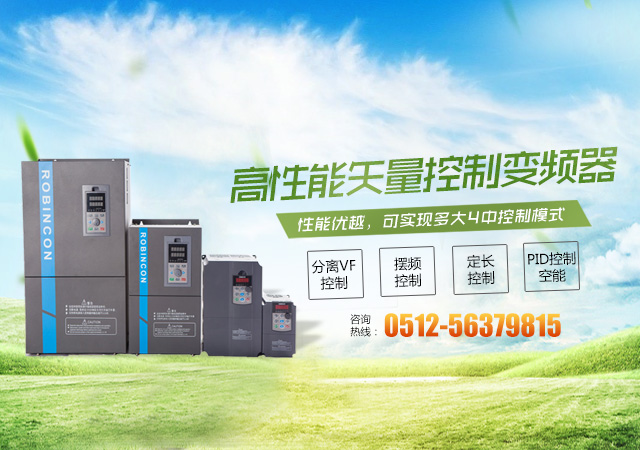 1. Due to the large number of loop forming systems of the circular knitting machine, high speed, high output, fast pattern change, good fabric quality, few procedures, and strong product adaptability, it has developed rapidly. The circular knitting machine mainly weaves clothing and decorative fabrics, but also general industrial fabrics.
1. Due to the large number of loop forming systems of the circular knitting machine, high speed, high output, fast pattern change, good fabric quality, few procedures, and strong product adaptability, it has developed rapidly. The circular knitting machine mainly weaves clothing and decorative fabrics, but also general industrial fabrics.
2. Application site process requirements:
The circular knitting machine is to woven cotton yarn into a cylindrical cotton cloth. The equipment often requires emergency stop and flexible jog operation. The working process requires the motor to run smoothly, the starting torque is high, and the working environment temperature is high. The site requires terminal control start and stop, 5s start, 0.8s stop, inch movement needle adjustment, external 4-20mA current signal given frequency, and it can stop quickly when disconnected.
3. Technical requirements:
Set the multi-function input terminals of Robin Kang frequency converter to forward rotation and inching operation respectively, connect a braking resistor between P+ and PB, energy consumption braking + DC braking to achieve rapid shutdown.
1. Energy consumption braking + DC braking to stop quickly, fully qualified for special process requirements;
2. Adjust the analog frequency given signal of the control panel according to the process requirements to change the knitting speed, the operation is simple, and the product quality and production efficiency are improved;
3. Inching frequency and acceleration/deceleration time can be freely defined, making needle adjustment easier and faster;
4. The low-frequency torque is large, the operation is stable, and unnecessary fault alarms of the inverter are avoided.
Fourth, the daily maintenance and maintenance of the frequency converter, matters needing attention, etc.:
1. The working environment is poor, so regular cleaning and maintenance are required to ensure that the inverter is well ventilated to facilitate heat dissipation;
2. It is strongly recommended that the inverter has a good grounding, and do not share the neutral and ground wires;
3. It is recommended that the inverter control line and the main circuit be routed separately. If it is unavoidable, it is recommended that the control line and the main circuit be routed vertically;
4. Avoid short circuits caused by water droplets entering the inverter.






